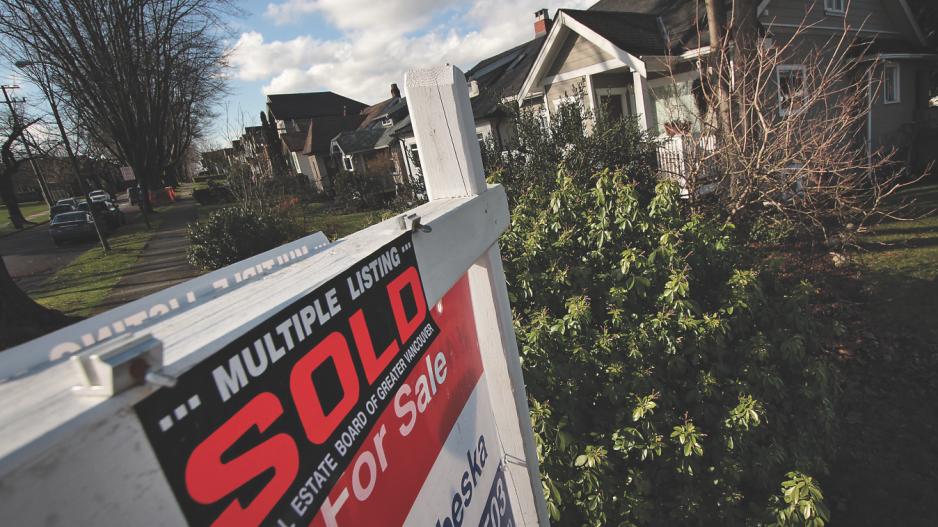Upscale brand
Behind every great city lies a region: that might well have been the take-away message from 60-year-old condo marketer Bob Rennie’s talk to the Urban Development Institute (UDI) on June 2.
The last in a series of annual addresses that Rennie has delivered since 2002, the presentation called for a mature discussion of housing in the city – one that reflects the maturation of Vancouver itself. The city has become shorthand for the region as a whole, and that’s given short shrift to the state of the housing market region-wide.
“The way that we transpose city stats and stats for the region needs to be changed by our industry,” Rennie said.
“Every survey, every statistic for the city, is seen to represent the entire region, and it’s deceptive.”
Surrey may host the region’s second downtown core (occasionally touted by developers as the next Yaletown), but land economics south of the Fraser are different from those north of the river.
Yet the region as a whole is tarred with an upscale brush.
“By 2011 our reputation as the most expensive was becoming our brand,” Rennie said. “The city of Vancouver may be a contender, but the region is not. … Take the sensation out of it.”
Affordable region
This isn’t to say every home in every corner of the region is affordable.
Building on past narratives of a bifurcated market in which the top fifth of sales are nowhere near as affordable as the remainder, Rennie told his UDI audience that only a regional approach can make affordable housing a reality in Vancouver.
Downtown condos have leapt from a launch price of $800 a square foot a year ago to $1,300 today, while projects on Main Street are passing $900 a square foot – which should make any of the staff at Hootsuite more than a bit owly.
“Ryan [Holmes] is keeping all those amazing Hootsuite jobs in our city,” Rennie said, “but at $1,000 a square foot there’s absolutely no affordability for those workers.”
The good news, Rennie said, is that Vancouver has long hosted more jobs than the region as a whole, and workers have long sought housing they can afford in surrounding municipalities.
Compact communities are appealing, but Vancouver would effectively need to bulldoze its single-family neighbourhoods to accommodate the 197,000 people who come to the city for work each day.
Rennie’s numbers point to a need for an additional 76,000 dwellings if Vancouver workers were to live in the city.
That translates to a need for 380 30-storey towers or, for aficionados of low-rise housing, rezoning 12,666 single-family lots for six townhomes apiece.
“That’s maybe something we should be doing anyway,” Rennie observed, before driving to his conclusion.
“Let’s admit that everybody that works in the city cannot live in the city or even wants to live in the city,” he said. “Affordability is going to the region. … The majority are already choosing the region, and this will continue at an exponential rate.”
What’s the goal?
The way Vancouver talks about itself also compares unfavourably to Canada’s other major metropolitan regions.
“Nobody in Toronto is trying to solve affordability in Rosedale or Forest Hill because they look at the region of Metro Toronto with a population of 5.5 million,” Rennie said.
With home ownership rates in Metro Toronto and Metro Vancouver sitting at 68% and 65%, respectively – well above Montreal’s rate of 55% – Rennie asked his audience (which by this time was well into its dessert of mousse garnished with gold leaf) what an ideal home ownership rate should be for the region.
“The question is never brought up,” he said, blasting the fascination with outrageous deals and sob stories. “We all talk about [home ownership], but we don’t set the goals. … We don’t just need the optics of a solution; we need a solution.” •




